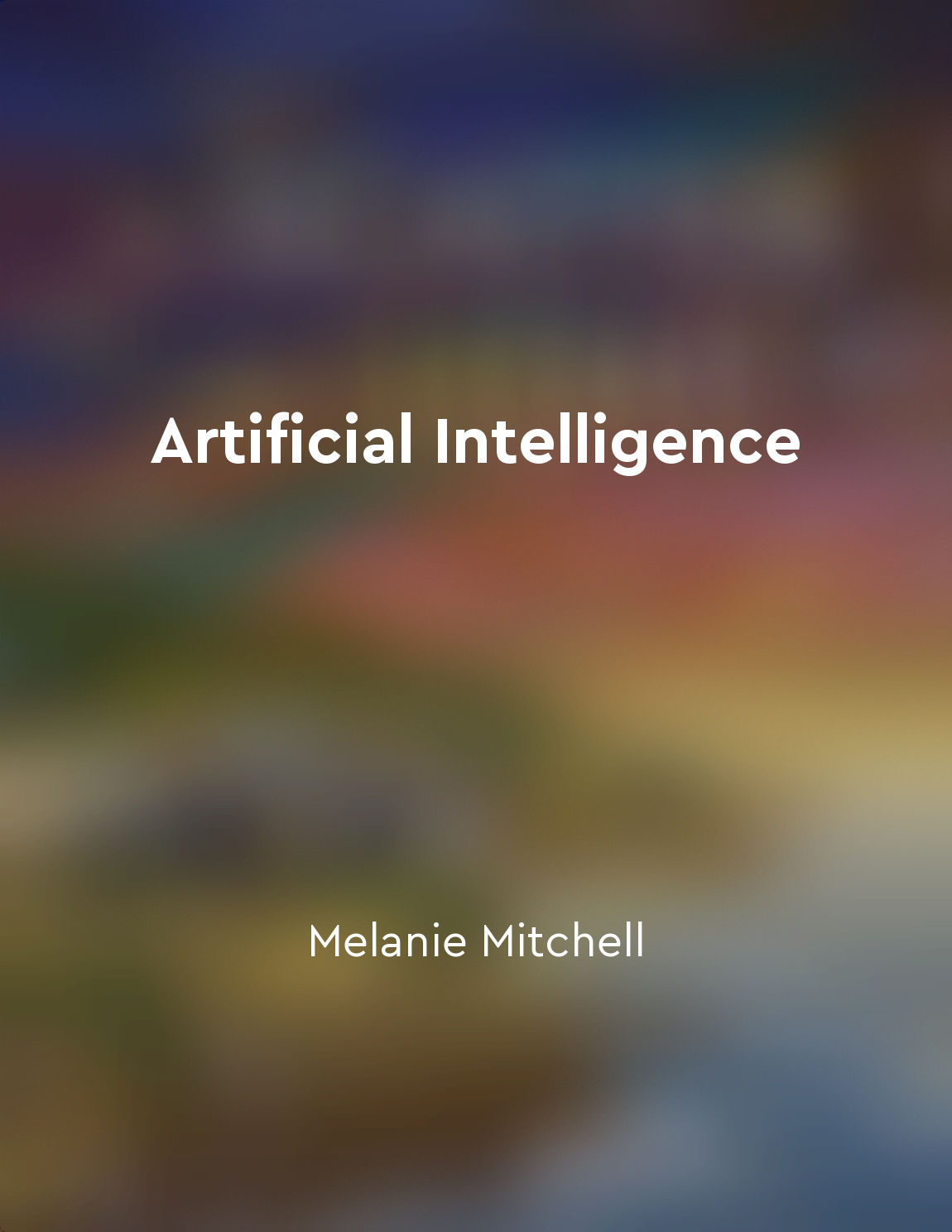Audio available in app
Evolutionary algorithms mimic the process of natural selection to optimize solutions from "summary" of Artificial Intelligence by Melanie Mitchell
Evolutionary algorithms are a class of optimization algorithms that draw inspiration from the process of natural selection. The main idea behind these algorithms is to simulate the process of evolution in order to find the best solution to a given problem. Just as in natural selection, where individuals with favorable traits are more likely to survive and reproduce, in evolutionary algorithms, solutions that perform well on a given task are more likely to be selected for further exploration. The process starts with generating a population of candidate solutions to the problem at hand. These solutions are evaluated based on a fitness function, which quantifies how well each solution performs on the task. The solutions with higher fitness values are then selected to "reproduce" and create offspring solutions. This reproduction process involves recombining and mutating the selected solutions to generate new candidate solutions. Through successive generations of selection, reproduction, and mutation, evolutionary algorithms drive the population towards better and better solutions. Over time, the algorithm converges towards an optimal or near-optimal solution to the problem. This process of iteratively improving solutions through simulated evolution is what allows evolutionary algorithms to optimize solutions effectively. One of the key advantages of evolutionary algorithms is their ability to search large and complex solution spaces efficiently. By exploring a diverse set of candidate solutions and leveraging the principles of natural selection, these algorithms can effectively navigate through rugged and high-dimensional search spaces to find good solutions. This makes evolutionary algorithms particularly well-suited for optimization problems where traditional search algorithms may struggle.- Evolutionary algorithms provide a powerful and flexible approach to optimization that draws inspiration from the natural world. By mimicking the process of natural selection, these algorithms are able to efficiently optimize solutions to a wide range of problems across different domains.


